
Examples of famous lakes include North America’s Lake Superior, Lake Michigan and Great Slave Lake; South America’s Lake Titicaca; Asia’s Lake Baikal, Caspian Sea and Dead Sea (which, despite their names, are lakes); Europe’s Lake Como, Lake Geneva and Loch Ness, and Africa’s Lake Victoria and Lake Malawi.
On this page you’ll find a list of famous lakes including all of the above and many more, with pictures and interesting facts on each…
Famous Lakes List
- Aral Sea
- Caspian Sea
- Dead Sea
- Great Bear Lake
- Great Slave Lake
- Lake Baikal
- Lake Balkhash
- Lake Bled
- Lake Como
- Lake Erie
- Lake Eyre
- Lake Geneva
- Lake Huron
- Lake Kariba
- Lake Ladoga
- Lake Malawi
- Lake Michigan
- Lake Nasser
- Lake Nicaragua
- Lake Onega
- Lake Ontario
- Lake Superior
- Lake Tanganyika
- Lake Taymyr
- Lake Titicaca
- Lake Turkana
- Lake Victoria
- Lake Winnipeg
- Loch Ness
- Moraine Lake
Aral Sea

Continent: Asia
Country: Kazakhstan and Uzbekistan
Area: was 68,000 km² (26,300 sq mi), now significantly smaller
The first lake on this list of famous lakes is today a shadow of its former self; the Aral Sea was once the fourth largest lake in the world, but since the 60’s has significantly shrunk due to water diversion for irrigation.
Today, the North Aral Sea, the largest remnant of the original lake, has an area of 3,300 km2 / 1,300 sq mi.
This ecological disaster has resulted in the loss of the local fishing industry and may even have affected the region’s climate. The lake’s shrinkage has left behind the so-called Aral Sea “ship graveyard,” with abandoned fishing vessels scattered across its dried-up bed.
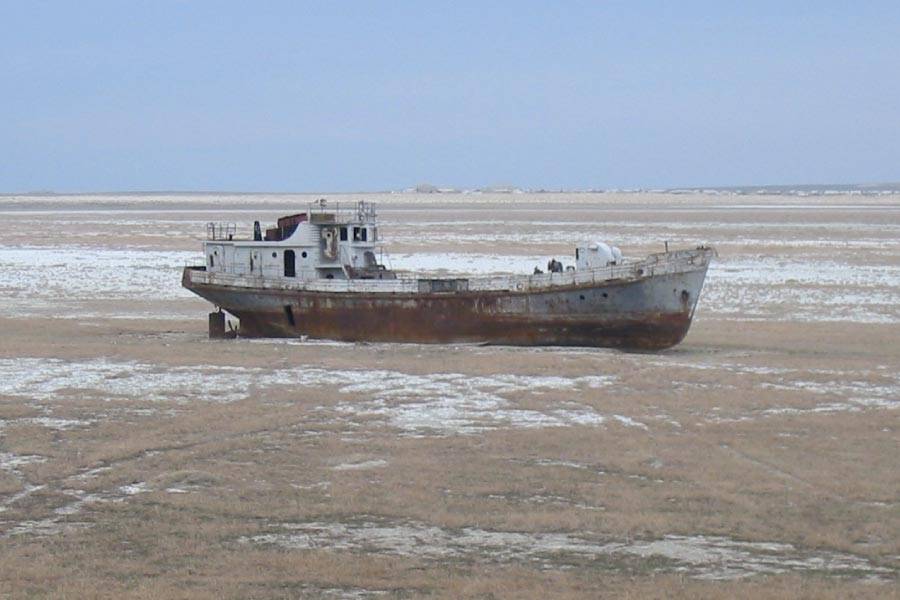
The city of Aral, once an important fishing port, is now 15km / 9.3 miles away from the sea.
Caspian Sea
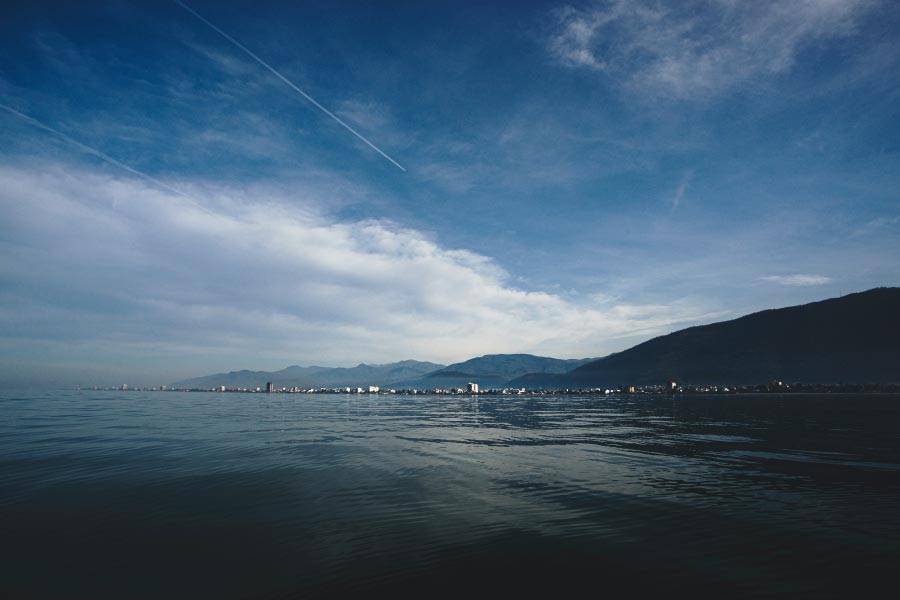
Continent: Asia/Europe
Country: Russia, Kazakhstan, Turkmenistan, Iran, Azerbaijan
Area: 389,000 km² (150,000 sq mi)
The Caspian Sea, despite being called a sea, is technically the world’s largest lake. This vast body of water covers an area larger than Germany. It is a remnant of the ancient Paratethys Sea, and its basin is rich in oil and natural gas reserves.
Part freshwater and part saltwater, the Caspian Sea is home to both marine and fresh water species. Notable species include the endangered Caspian seal and the beluga sturgeon, a fish heavily fished for its roe, which is used to make caviar.
Dead Sea
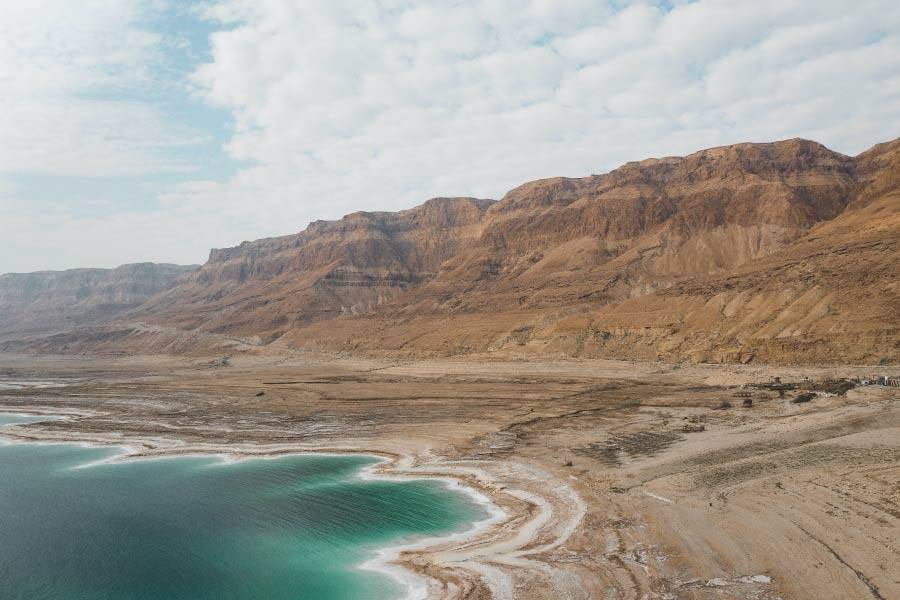
Continent: Asia
Country: Jordan and Israel
Area: 605 km² (234 sq mi)
The Dead Sea is actually a salt lake, and is one of the saltiest bodies of water on earth, with salinity about ten times that of the ocean. This high salinity allows people to easily float on the surface, which is part of the reason why the Dead Sea has become a popular tourist destination.
Due to its salinity, the Dead Sea supports very little life, hence its name.
Over the last one hundred years, the area covered by the Dead Sea has shrunk significantly. This is due to evaporation and human diversion of tributaries, and has led to the creation of sinkholes along its shores. Dead Sea mud is known for its therapeutic properties.
Great Bear Lake
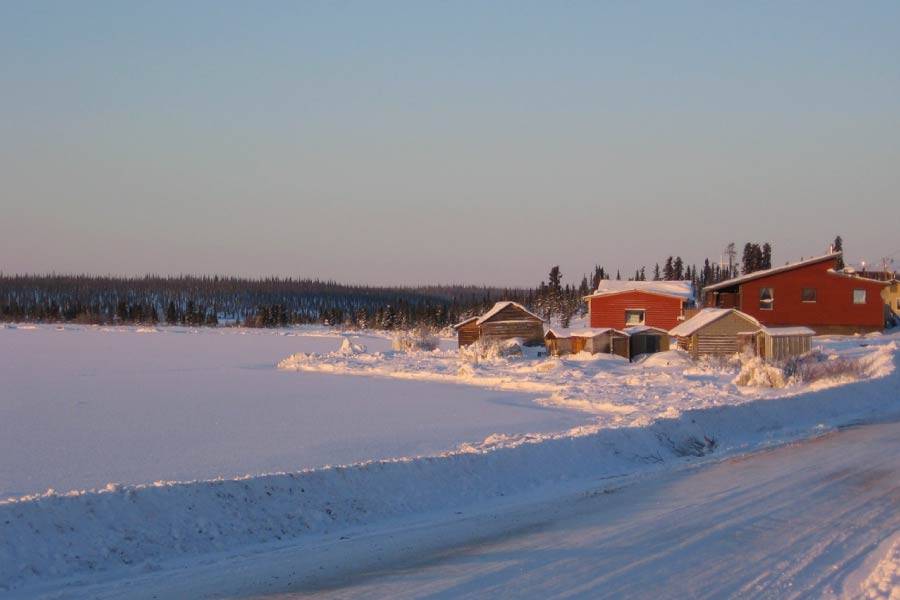
Continent: North America
Country: Canada
Area: 31,153 km² (12,028 sq mi)
Great Bear Lake is the largest lake located entirely within Canada, and the fourth largest in North America. Renowned for its pristine, clear waters, Great Bear Lake is also extremely deep, with a maximum depth of 446 meters / 1,463 ft.
Due to its northerly location, Great Bear Lake experiences near 24-hour daylight during the summer. At its northernmost point, Great Bear Lake actually lies within the Arctic Circle. Here, during the summer solstice, the sun never sets. Conversely, during the winter months, Great Bear Lake experiences near 24-hour darkness, and the lake is covered by ice for much of the year.
Great Bear Lake is home to plentiful Arctic char, lake trout, and Arctic Grayling. Other animals that live in or around the lake include muskoxen, caribou, grizzly bears, bald eagles, golden eagles, gyrfalcons, and a wealth of other bird species.
Great Slave Lake
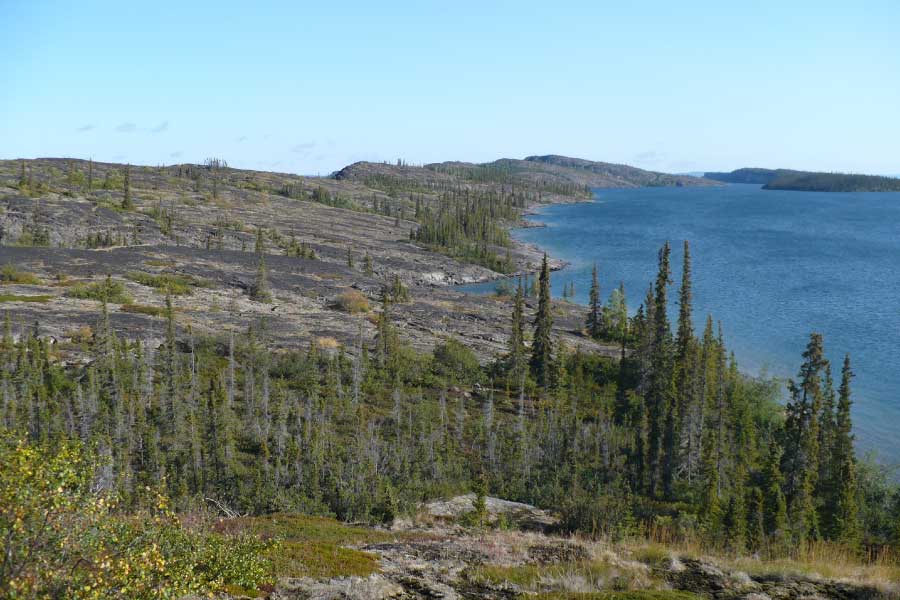
Continent: North America
Country: Canada
Area: 27,200 km2 (10,500 sq mi)
Great Slave Lake is the second-largest lake located entirely within Canada, and the deepest lake in the whole of North America, with a maximum depth of over 614 meters / 2,014 ft.
The lake was named after the Slavey North American indigenous people. It’s known for its exceptionally clear water, which is home to fish species such as northern pike, lake whitefish, and Arctic grayling. This lake freezes over half of the year due to its northerly location.
Explorer Samuel Hearne – the first person to reach the Arctic Ocean via land – was also the first European to set eyes on Great Slave Lake.
Lake Baikal
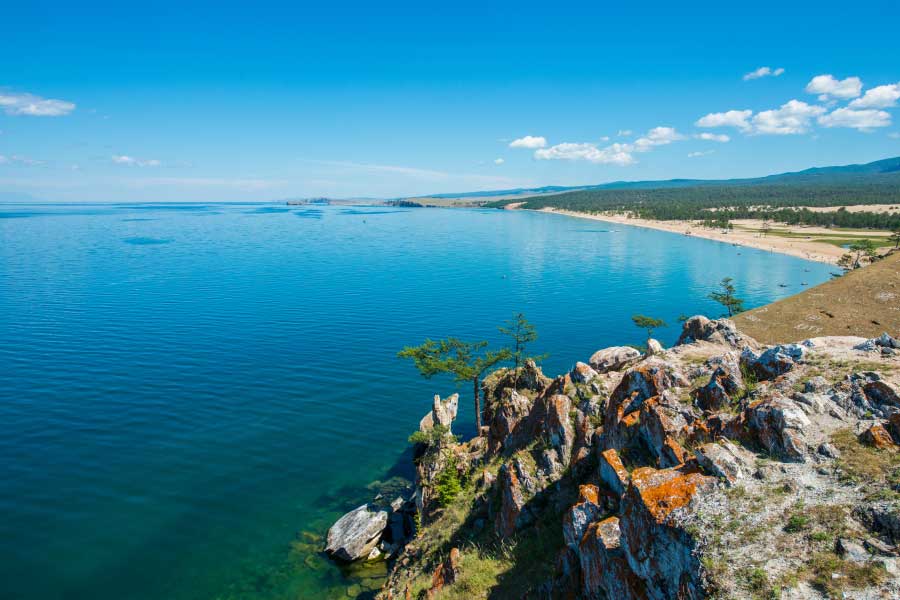
Continent: Asia
Country: Russia
Area: 31,722 km² (12,248 sq mi)
Russia’s Lake Baikal holds several records: it is the world’s deepest and oldest freshwater lake, reaching depths of 1,642 meters and with an estimated age of 25 million years. It’s also the world’s largest lake by volume, and is so large that it contains 20% of the world’s unfrozen freshwater reserve.
Known as the “Galapagos of Russia,” due to its high biodiversity, Lake Baikal is home to at least 1,000 plant species and over 2,500 animal species, two-thirds of which can be found nowhere else in the world. One such animal is the Baikal seal.
Lake Balkhash
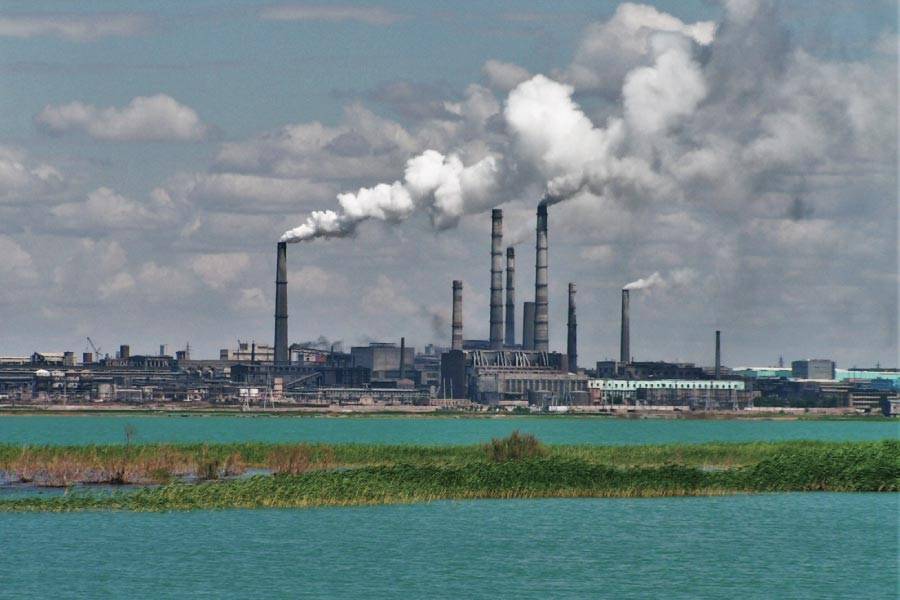
Continent: Asia
Country: Kazakhstan
Area: 16,400 km² (6,332 sq mi)
One of the largest lakes in Asia, Lake Balkhash is notable for its distinctive water composition. The western part of the lake is freshwater, while the eastern half is saline. This variance has led to diverse flora and fauna within the lake.
Balkhash perch, a type of fish, is endemic to the lake, which is also a haven for many bird species, including flamingos, herons, and pelicans.
Lake Bled
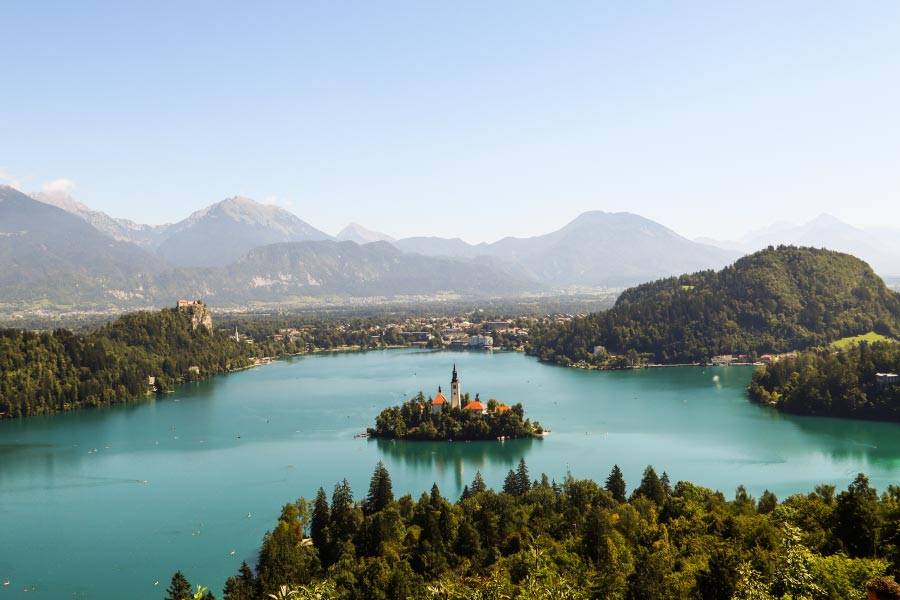
Continent: Europe
Country: Slovenia
Area: 1.45 km² (0.56 sq mi)
Lake Bled is a glacial lake in the Julian Alps. While not the largest of the famous lakes on this list, Lake Bled is renowned for its stunning beauty.
Surrounded by the lake is Bled Island, the only natural island in Slovenia, and the site of the Assumption of Maria church, a destination for pilgrims and a traditional wedding venue. Pletna boats, a type of gondola unique to Lake Bled, are commonly used to reach the island.
Perched on a steep cliff above the lake is Bled Castle, built in 1004 by Emperor Henry II.
Lake Como
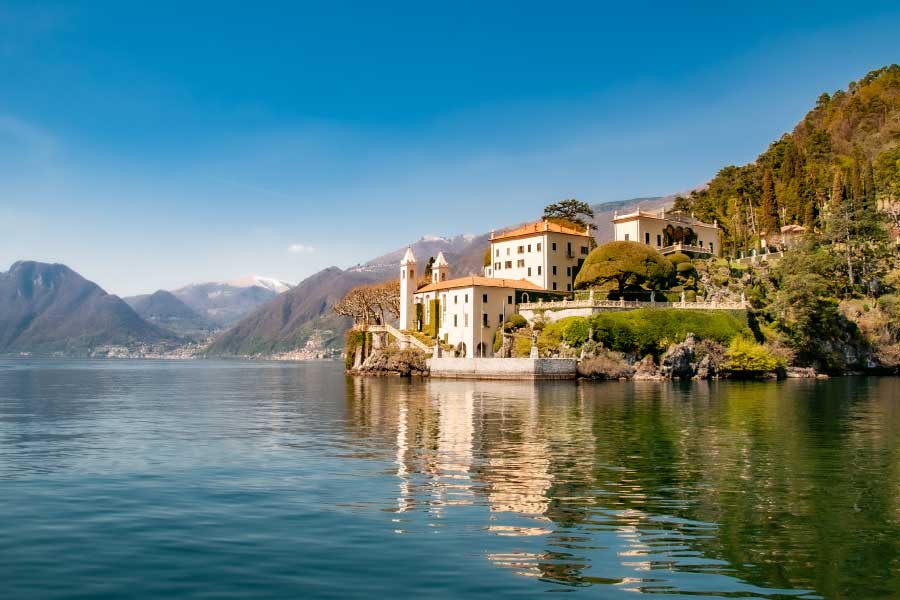
Continent: Europe
Country: Italy
Area: 146 km² (56 sq mi)
Renowned for its stunning natural beauty and grand villas, Italy’s Lake Como is a popular tourist destination and has been a retreat for aristocrats and wealthy individuals since Roman times. The lake’s deep blue waters are surrounded by mountains and forests.
Shaped like an inverted ‘Y’, Lake Como is the third largest lake in Italy.
Lake Erie
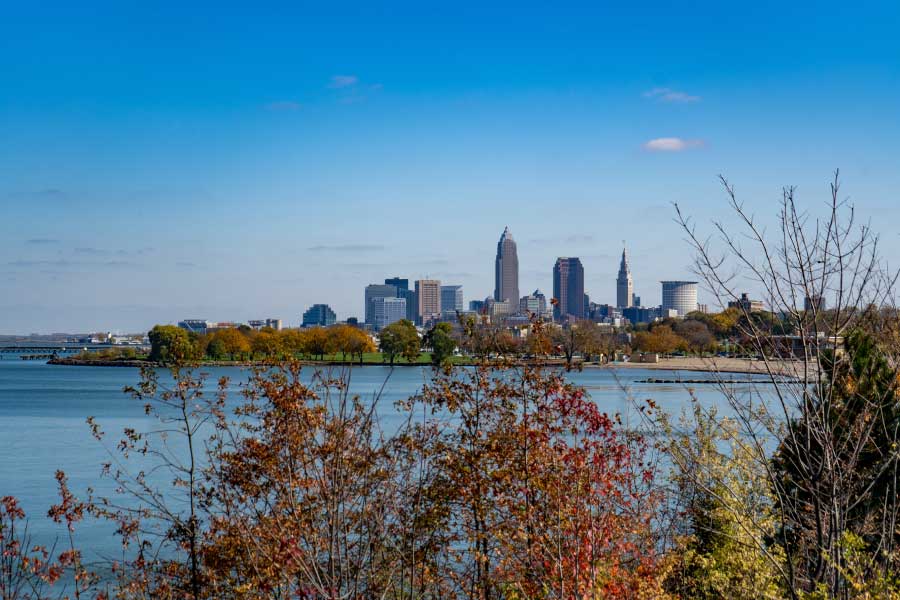
Continent: North America
Country: United States and Canada
Area: 25,667 km² (9,910 sq mi)
The smallest of the Great Lakes by volume, Lake Erie is nevertheless an important body of water that provides drinking water for millions of people.
The lake is named after the Erie tribe of Native Americans, who lived along its southern shore. Like all of the Great Lakes, Lake Erie was formed by glacial movement during the Last Glacial Period, around 14,000 years ago.
Lake Erie has a large freshwater fishing industry. Species such as walleye, perch, and rainbow trout are abundant within its waters. Also found around Lake Erie is the Lake Erie watersnake, a subspecies of the common watersnake.
Lake Eyre
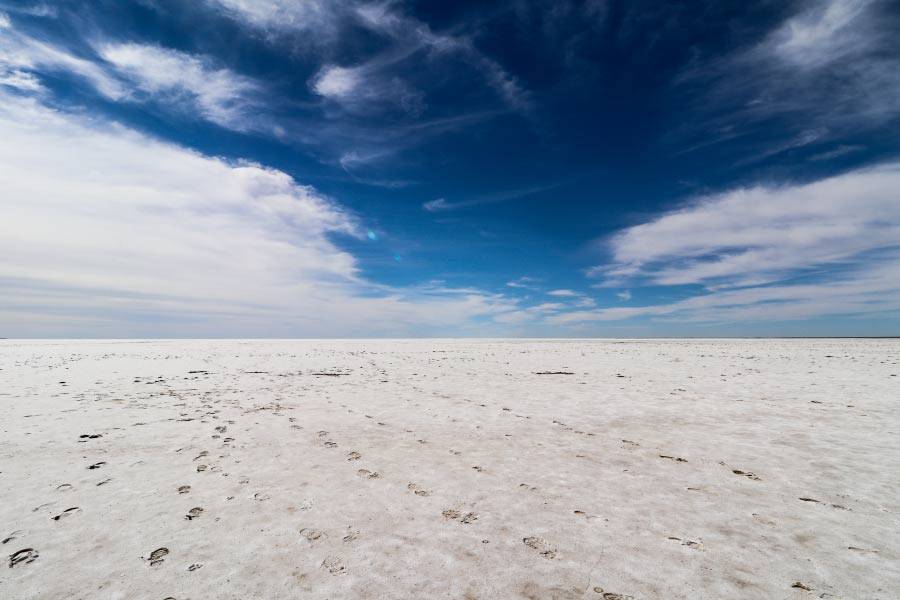
Continent: Australia
Country: Australia
Area: 9,500 km² (3,668 sq mi) (when full, but usually much less)
Lake Eyre, also known as Kati Thanda–Lake Eyre, is the largest lake in Australia – but only when full. Such flooding events are rare and fleeting. The lake is usually largely empty and serves as a spectacular salt pan.
When full, Lake Eyre holds more water than Sydney Harbour. On these occasions, it becomes home to large flocks of water birds including pelicans, which breed on the lake’s islands. Scientists are unsure as to how the birds know to make their way to the lake when it is full.
Lake Eyre’s catchment area is one of the largest in the world, covering a staggering one-sixth of Australia. The lake is named after Edward John Eyre, who, in 1840 became the first European to sight the lake.
Lake Geneva
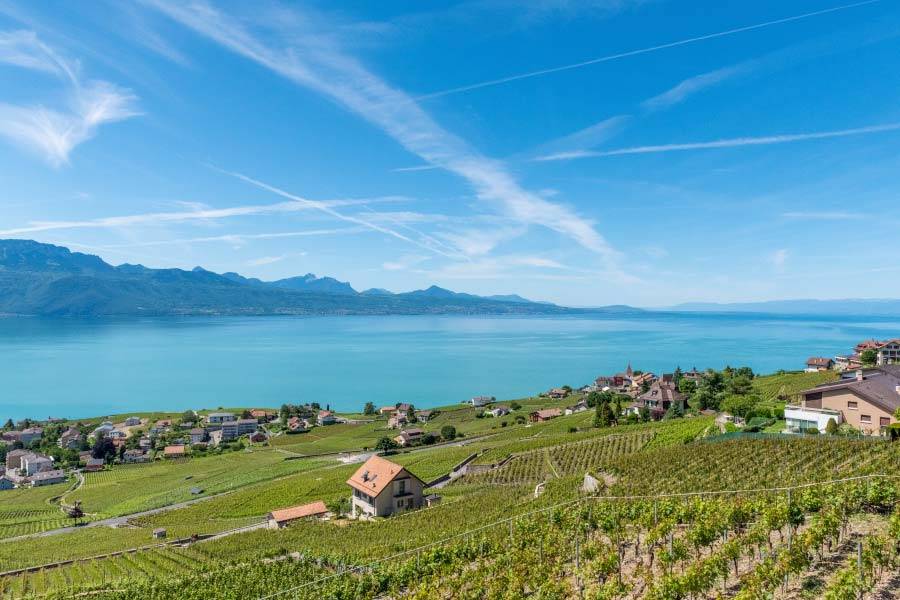
Continent: Europe
Country: Switzerland and France
Area: 580 km² (224 sq mi)
Lake Geneva, one of the largest lakes in Western Europe, is shared between Switzerland and France. It is known as lac Léman in French. This famous lake is renowned for its deep blue waters, and is surrounded by mountains and vineyards. The lake is home to the Jet d’Eau, one of the tallest fountains in the world, and the city of Geneva is situated at the lake’s southwestern tip.
Many famous individuals, such as Mary Shelley and Lord Byron, have resided along its shores, drawn by the lake’s beauty and tranquility. The lake supports various fish species, and its shores and surrounding areas are rich in birdlife.
Lake Huron
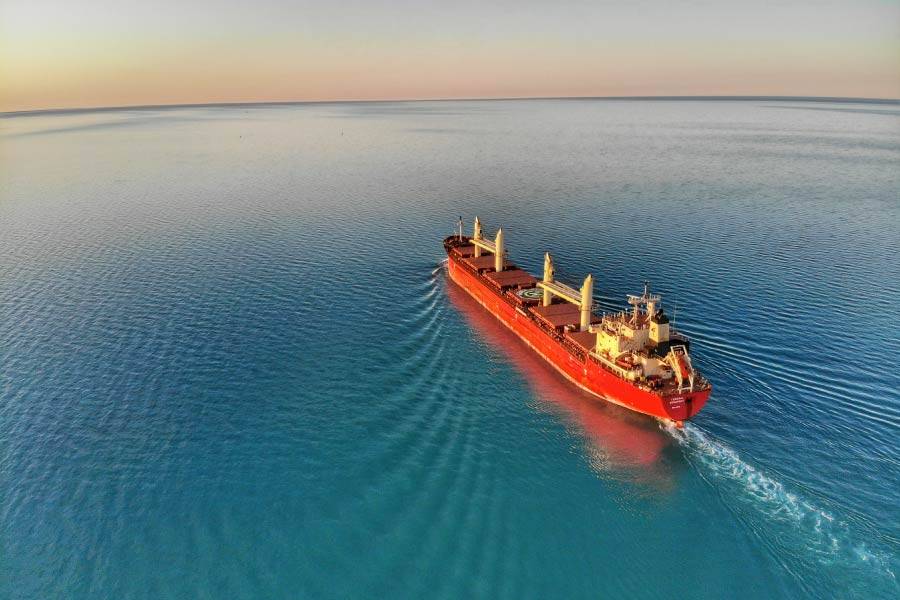
Continent: North America
Country: United States and Canada
Area: 59,596 km² (23,007 sq mi)
By area, Lake Huron is the second-largest of the Great Lakes and the fourth-largest lake in the world. This vast body of freshwater is home to Manitoulin, the world’s largest lake island.
Lake Huron is also notable for its ‘sunken’ Shipwreck National Marine Sanctuary, which has preserved numerous shipwrecks for exploration.
Fish species that inhabit Lake Huron include lake trout, walleye, and various species of bass. The introduction of the non-native sea lamprey caused the lake’s native population of lake trout to drop dramatically.
Lake Kariba
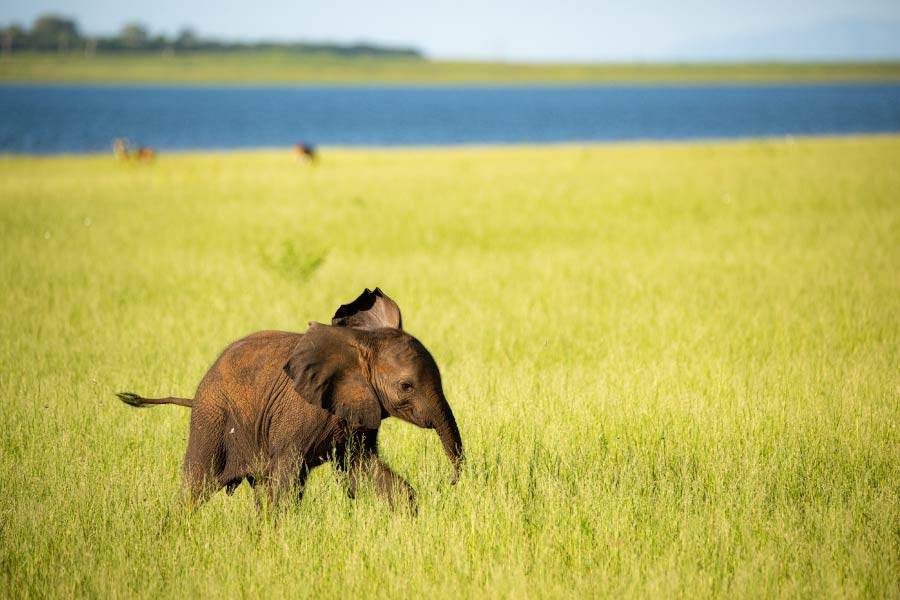
Continent: Africa
Country: Zambia and Zimbabwe
Area: 5,580 km² (2,150 sq mi)
Located on the Zambezi River, where it straddles Zambia and Zimbabwe, Lake Kariba is the world’s largest man-made lake by volume. The lake was filled between 1955 and 1959 as the Kariba Dam was constructed.
The creation of the lake displaced a large number of local people and animals, leading to Operation Noah, a wildlife rescue initiative that saved over 6,000 animals.
Lake Kariba has several islands, the largest being Chete Island in Zimbabwe and Chikanka Island in Zambia. The lake is a major source of hydroelectric power and a popular location for fishing and tourism, with stunning sunsets and an abundance of animals on its shores.
The lake is known for its thriving population of Nile crocodiles and hippopotamuses. Elephants, lions, cheetahs, leopards and buffalo are also found along its shores.
Lake Ladoga

Continent: Europe
Country: Russia
Area: 17,700 km2 (6,800 sq mi)
Lake Ladoga is located in northwestern Russia and is the largest lake situated entirely within Europe. It played a significant role during World War II, when it served as the only supply route to the besieged city of Leningrad.
The lake is rich in fish species, including Atlantic salmon, brown trout, and European smelt. It is also home to the Ladoga seal, a subspecies of ringed seal found nowhere else on Earth.
Lake Malawi
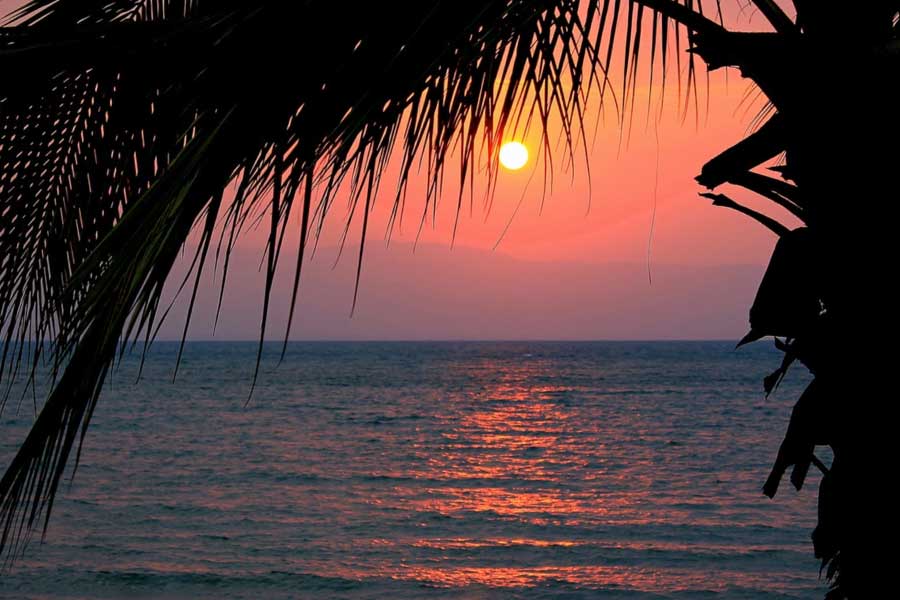
Continent: Africa
Country: Malawi, Mozambique, Tanzania
Area: 29,500 km² (11,400 sq mi)
Also known as Lake Nyasa, Lake Malawi is the ninth largest lake in the world. The lake is known for its remarkable biodiversity and is said to be home to more species of fish than any other lake, including at least 700 species of cichlids.
The attack on the German gunboat Hermann von Wissmann by the British gunship SS Gwendolen in 1914 on Lake Malawi was the first naval action of World War I.
Lake Michigan
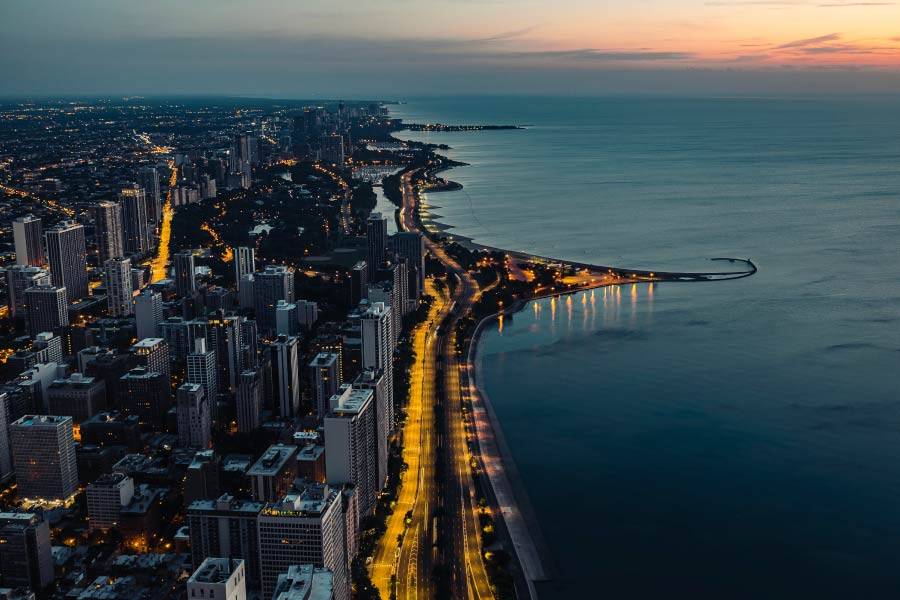
Continent: North America
Country: United States
Area: 58,030 km2 (22,410 sq mi)
Lake Michigan is the only one of the five Great Lakes located entirely within the United States. Although only the third-largest of the Great Lakes in area, it is the world’s largest lake (by area) situated entirely within one country. Its name comes from the Ojibwa Indian word “michi-gami,” meaning “large lake.”
Lake Michigan is joined to Lake Huron via the Straits of Mackinac, and the two lakes are technically a single lake. If considered as such, Lake Michigan–Huron is the world’s largest lake by area.
Historically, Lake Michigan played a significant role in the development and economy of the surrounding states, thanks to its ample supply of fish and transportation routes.
There are many fish species within the lake, including yellow perch, trout, and several species of salmon.
Several lighthouses dot the shores of Lake Michigan, some of which have historical significance and are popular tourist attractions.
Lake Nasser
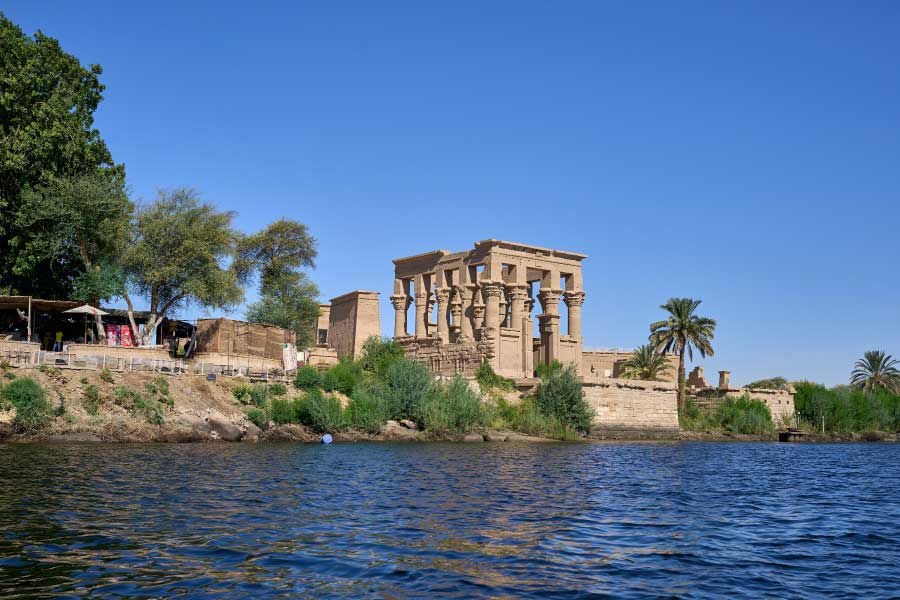
Continent: Africa
Country: Egypt and Sudan
Area: 5,250 km² (2,030 sq mi)
Lake Nasser is a man-made reservoir created by the Aswan High Dam’s construction across the Nile. Named after Gamal Abdel Nasser, one of the leaders of the Egyptian Revolution of 1952, the lake has had a significant impact on the local ecosystem. It’s home to the Nile crocodile, numerous bird species, and a variety of fish species.
The lake’s creation led to the massive archaeological rescue operation to save ancient Egyptian monuments from being submerged.
Lake Nicaragua
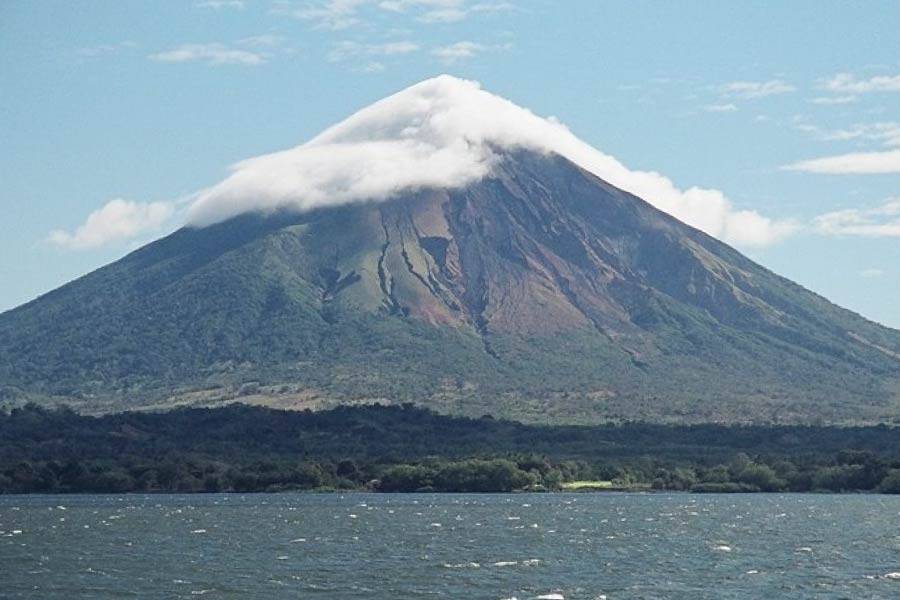
Continent: North America
Country: Nicaragua
Area: 8,264 km² (3,191 sq mi)
Despite being a freshwater lake, Lake Nicaragua is home to oceanic animal species like sharks, swordfish, and tarpon, due to a past connection with the Pacific Ocean.
Bull sharks in Lake Nicaragua are still able to make their way to the ocean by leaping, salmon-style, through the rapids of the San Juan River.
The lake also contains the world’s largest volcanic island inside a freshwater lake, Ometepe Island, a place rich in archaeological history.
Lake Onega
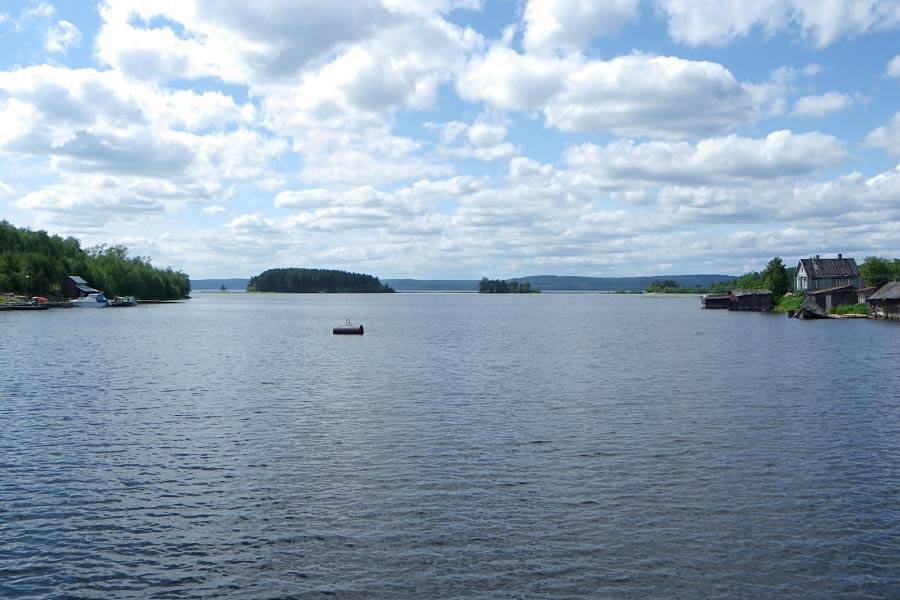
Continent: Europe
Country: Russia
Area: 9,700 km2 (3,700 sq mi)
Lake Onega is the second largest lake in Europe after Lake Ladoga. The lake’s water is remarkably clean due to the numerous rivers and streams that flow into it although, sadly, pollution levels are rising.
Lake Onega is famous for petroglyphs – ancient rock engravings dating back to 4,500-2,200 BC.
The lake supports a variety of fish species, including European cisco, roach, perch, pike, and brown trout.
Lake Ontario
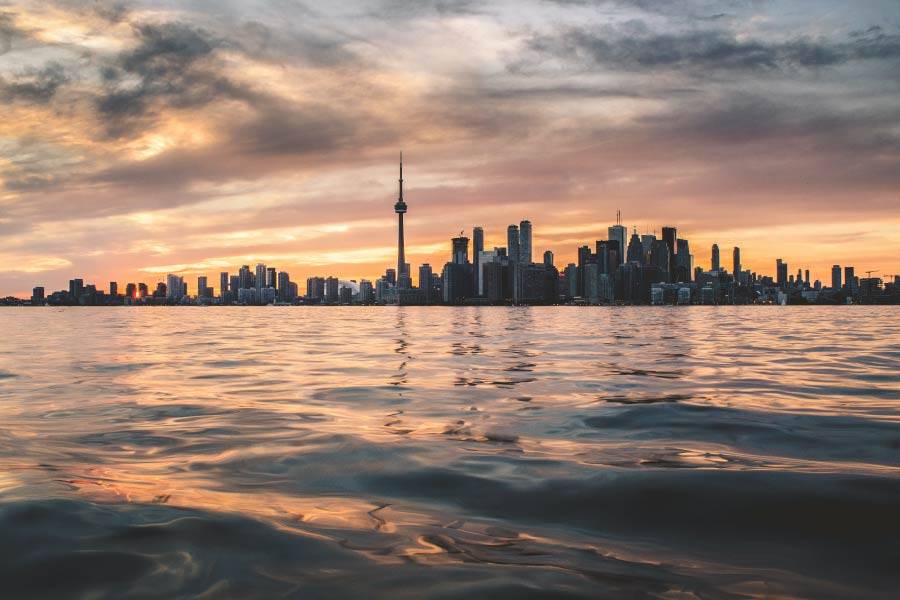
Continent: North America
Country: United States and Canada
Area: 18,970 km2 (7,323 sq mi)
Lake Ontario is the easternmost of the Great Lakes. Although the smallest of the five great lakes in surface area, it has the second-deepest average depth (86 meters).
The lake is bordered by the Canadian province of Ontario to the north and the U.S. state of New York to the south. Lake Ontario serves as a critical freshwater source and supports a vibrant ecosystem, teeming with diverse flora and fauna.
The lake’s strategic position has led to the development of bustling urban centers along its shores, including Toronto and Hamilton in Canada, and Rochester in the United States. A vital player in the region’s economy, Lake Ontario facilitates shipping via the Saint Lawrence Seaway, and its waters power hydroelectric plants, contributing significantly to the energy grid.
Lake Ontario was the scene of fighting between the American and British navies during the war of 1812.
Lake Superior
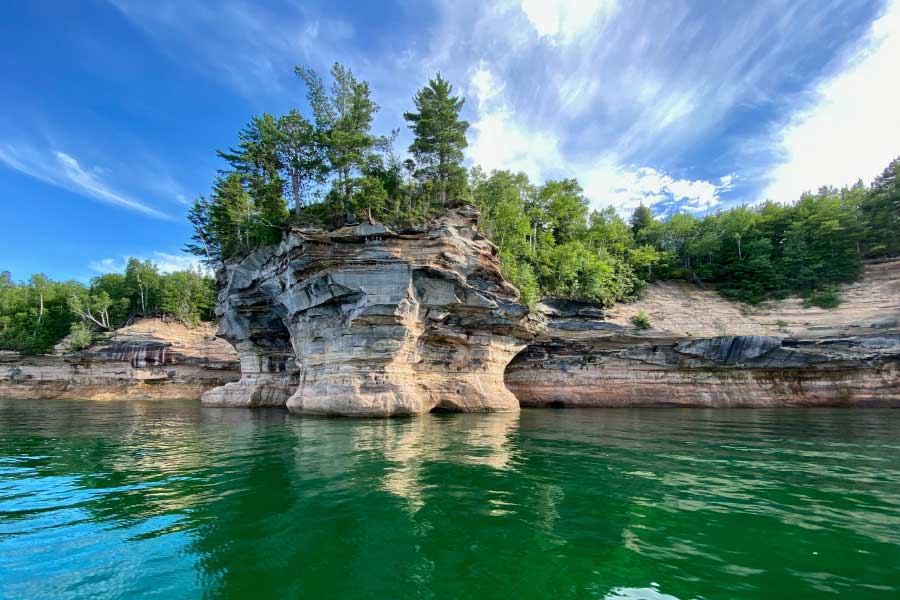
Continent: North America
Country: United States and Canada
Area: 82,100 km² (31,700 sq mi)
Lake Superior, the largest of the Great Lakes of North America, also boasts the title of the world’s largest freshwater lake by surface area. This vast body of water is around the same size as Austria and holds an estimated 10% of the world’s surface freshwater.
Not only the largest of the five great lakes, Lake Superior is also the deepest (in terms of both maximum and average depth) and the coldest.
The lake sustains a vast range of wildlife, including over 80 species of fish such as lake trout and whitefish. Many historic shipwrecks lie in the depths of Lake Superior.
Lake Tanganyika
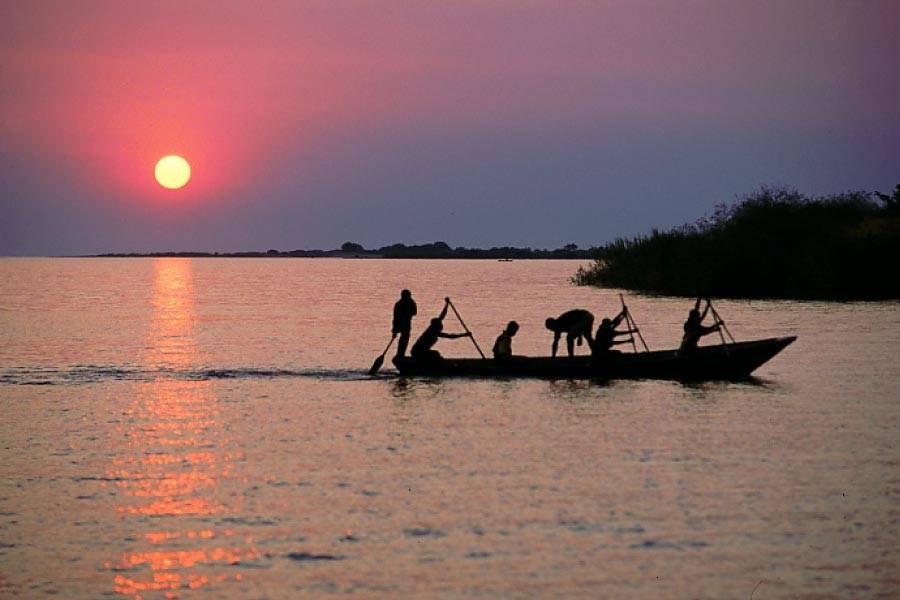
Continent: Africa
Country: Burundi, Tanzania, Zambia, Democratic Republic of the Congo
Area: 32,900 km² (12,700 sq mi)
Extending around 676 km / 420 mi, Lake Tanganyika is the world’s longest freshwater lake and the second deepest after Lake Baikal. It is divided among four countries: Tanzania, Democratic Republic of the Congo, Burundi, and Zambia.
Lake Tanganyika is a tectonic lake, meaning that it was formed by movement of the Earth’s crust. The lake is thought to be between 3 and 6 million years old.
Lake Tanganyika is home to more than 250 species of cichlid fish (fish of family Cichlidae), the majority of which are found nowhere else on Earth. Many non-cichlid fish are also present, with over half being unique to the lake.
The lake’s animal inhabitants also include Nile crocodiles and terrapins.
Lake Taymyr
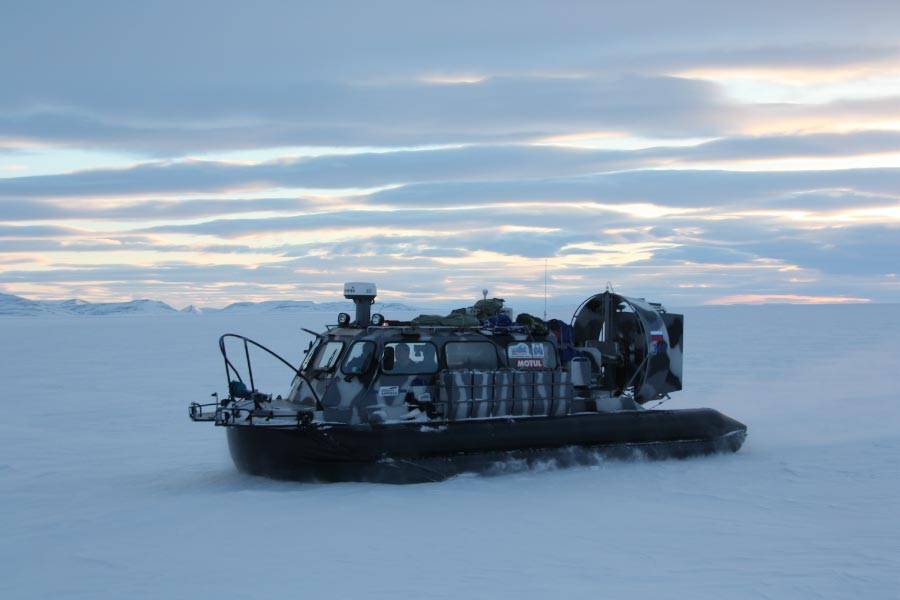
Continent: Asia
Country: Russia
Area: 4,560 km2 (1,760 sq mi)
Lake Taymyr is the largest lake lying entirely within the Arctic Circle. Due to its extreme northerly location, it remains frozen for most of the year.
The lake is fed by around 30 small rivers, and it has a significant impact on the local climate. Despite the harsh conditions, Lake Taymyr is home to fish species such as the Arctic char, Siberian white salmon / Siberian taimen and loaches.
Lake Titicaca
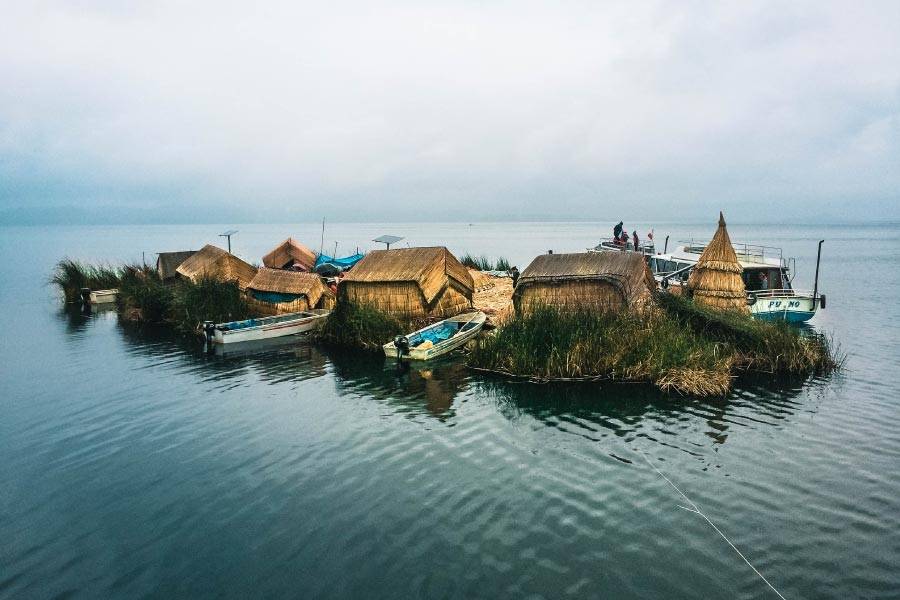
Country: Peru and Bolivia
Area: 8,372 km² (3,232 sq mi)
South America’s Lake Titicaca is the continent’s largest lake in both surface area and volume. It is also the highest navigable lake in the world, being situated 3,812 meters above sea level.
Lake Titicaca is famous for its “floating islands” made by the Uros people. The lake is also significant in Inca mythology as the place where the world was created.
The Titicaca water frog is a unique species of amphibian found in the lake.
Lake Turkana
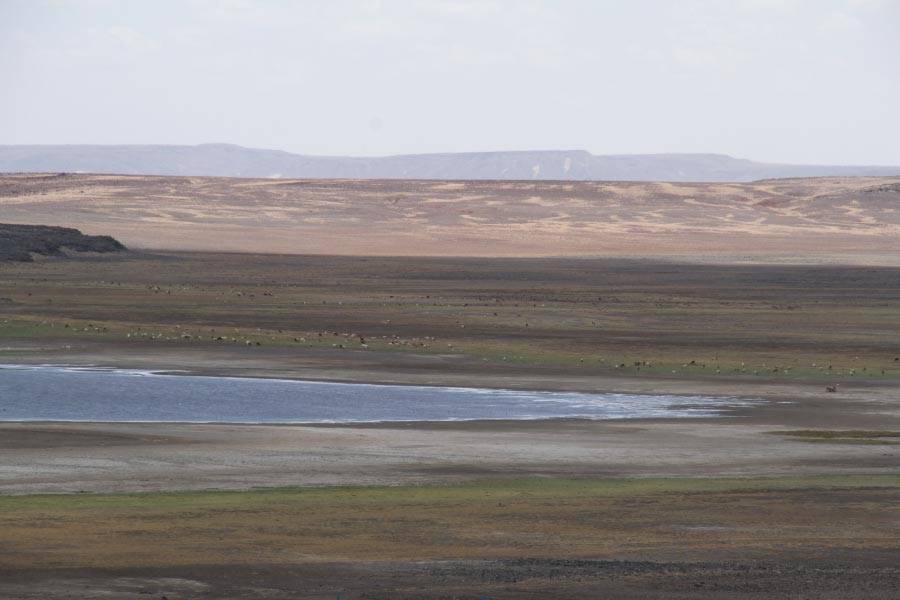
Continent: Africa
Country: Kenya and Ethiopia
Area: 6,405 km² (2,473 sq mi)
Previously known as Lake Rudolf, Lake Turkana is the world’s largest permanent desert lake and the largest alkaline lake. The lake’s rich archaeological and paleontological sites led to its recognition as a UNESCO World Heritage Site. It is home to the world’s largest population of Nile crocodiles and provides a habitat for migratory bird species.
Lake Victoria
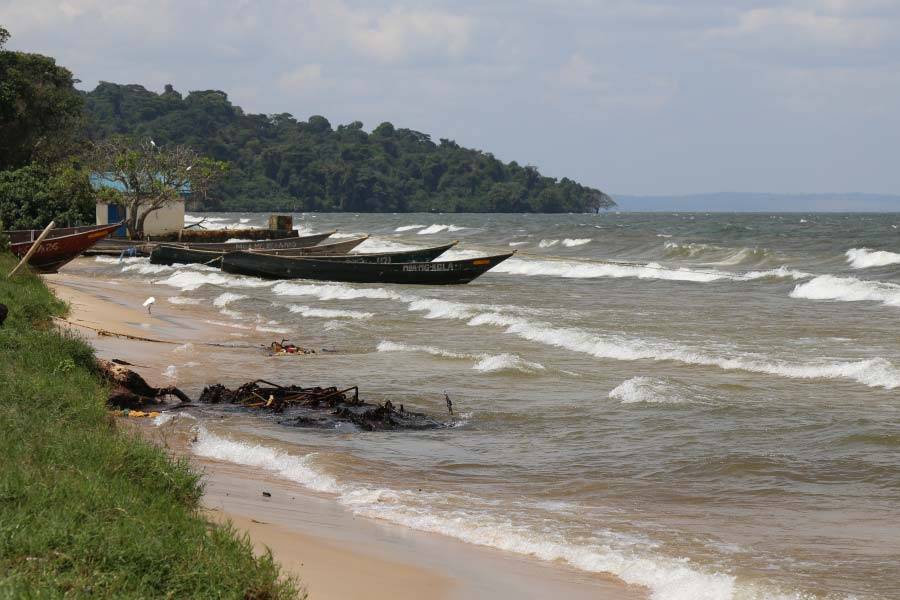
Continent: Africa
Country: Tanzania, Uganda, Kenya
Area: 59,947 km2 (23,146 sq mi)
One of the world’s most famous lakes, Lake Victoria is Africa’s largest lake, the world’s largest tropical lake, and the world’s third-largest lake in area.
Named after Queen Victoria by explorer John Hanning Speke, Lake Victoria’s main outflow is the famous Nile river.
The lake is relatively shallow but has a diverse ecosystem. Sadly, this has been impacted by human activities, especially overfishing, which has caused the extinction of many species found nowhere else on Earth.
Animals found in or around Lake Victoria include the hippopotamus, African clawless otter, various antelopes, Nile crocodile, and various turtle species.
Lake Winnipeg
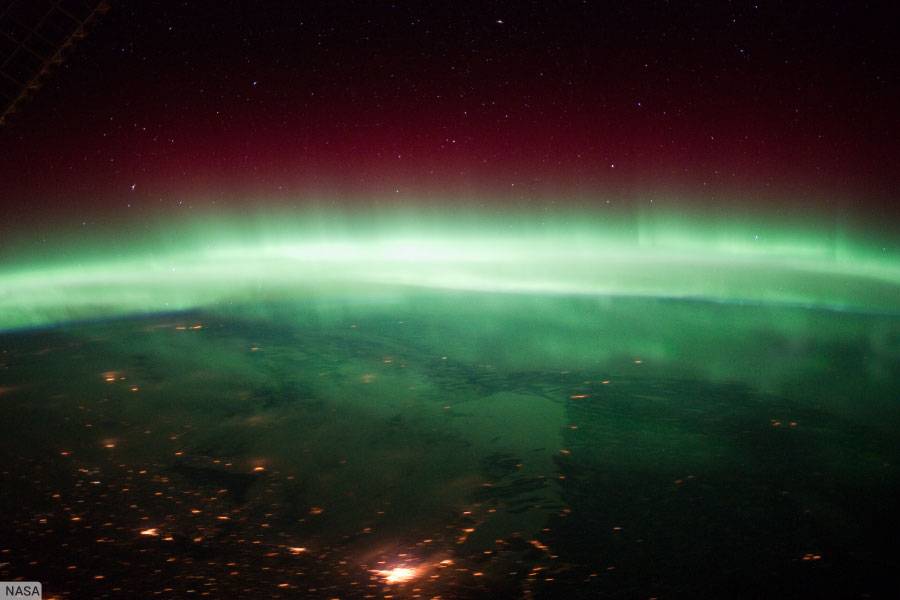
Continent: North America
Country: Canada
Area: 24,514 km² (9,465 sq mi)
As the sixth-largest freshwater lake in Canada, Lake Winnipeg is a remnant of ancient glacial Lake Agassiz. Despite facing various environmental challenges, including algal blooms due to excessive nutrient loading, the lake supports commercial fisheries and recreational activities. Notable fish species include walleye, sauger, and whitefish.
Loch Ness
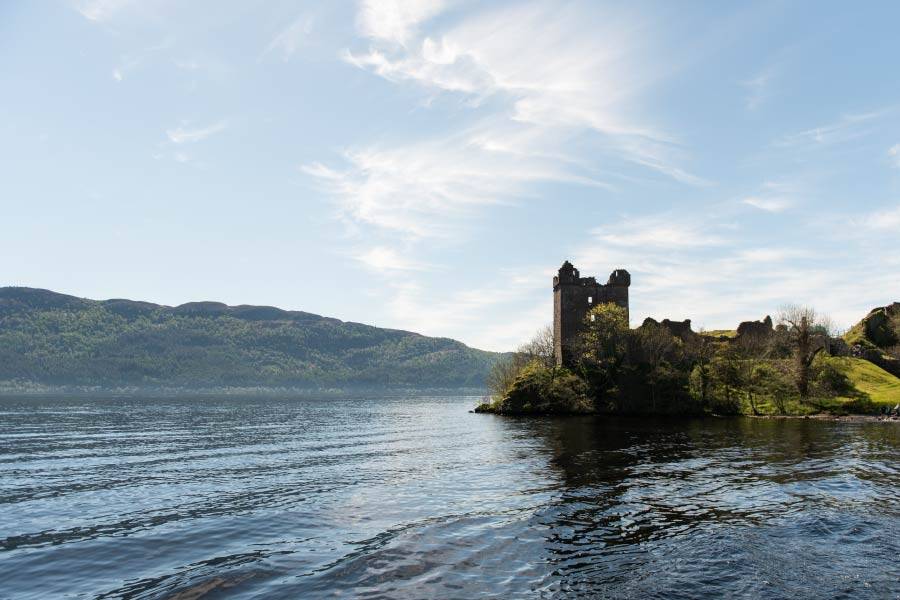
Continent: Europe
Country: Scotland
Area: 56 km² (22 sq mi)
Famous for the legendary Loch Ness Monster, “Nessie”, this large, deep, freshwater loch extends for approximately 37 kilometers southwest of Inverness.
Loch Ness contains more water than all the lakes in England and Wales combined, and is home to a variety of fish species, including Atlantic salmon and brown trout.
Moraine Lake
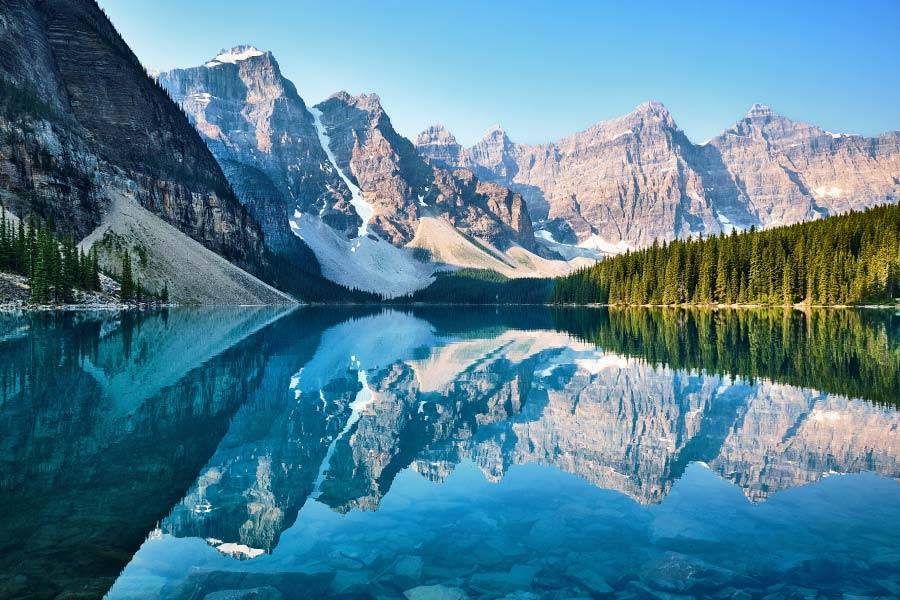
Continent: North America
Country: Canada
Area: 1.2 km² (0.46 sq mi)
Moraine Lake, set in the rugged Valley of the Ten Peaks in Banff National Park, is known for its striking blue color, a result of light refracting off the rock flour deposited in the lake from surrounding glaciers.
The lake is one of the most photographed spots in Canada and is a popular location for hiking, canoeing, and wildlife spotting. Grizzly bears are known to frequent the area, and visitors are advised to take suitable precautions when hiking.
Discover More with Active Wild
Deserts Of The World List: 20 Famous Deserts, With Facts, Pictures & Information
The Major Rivers Of Africa: List With Maps, Pictures & Amazing Facts
Freshwater Biome Facts. Discover The World’s Freshwater Habitats
The post Famous Lakes: Pictures & Facts On The World’s Best-Known Lakes appeared first on Active Wild.